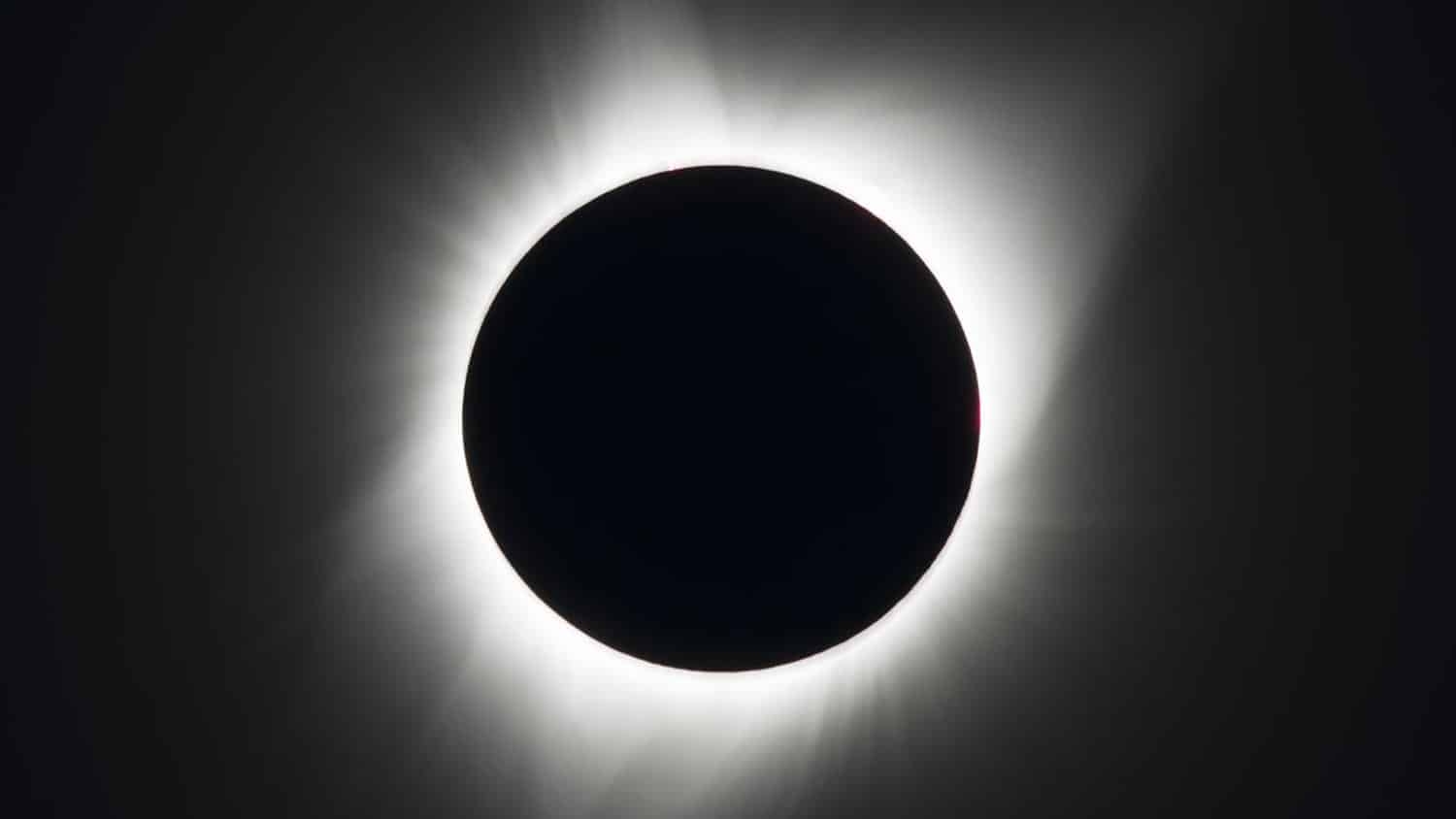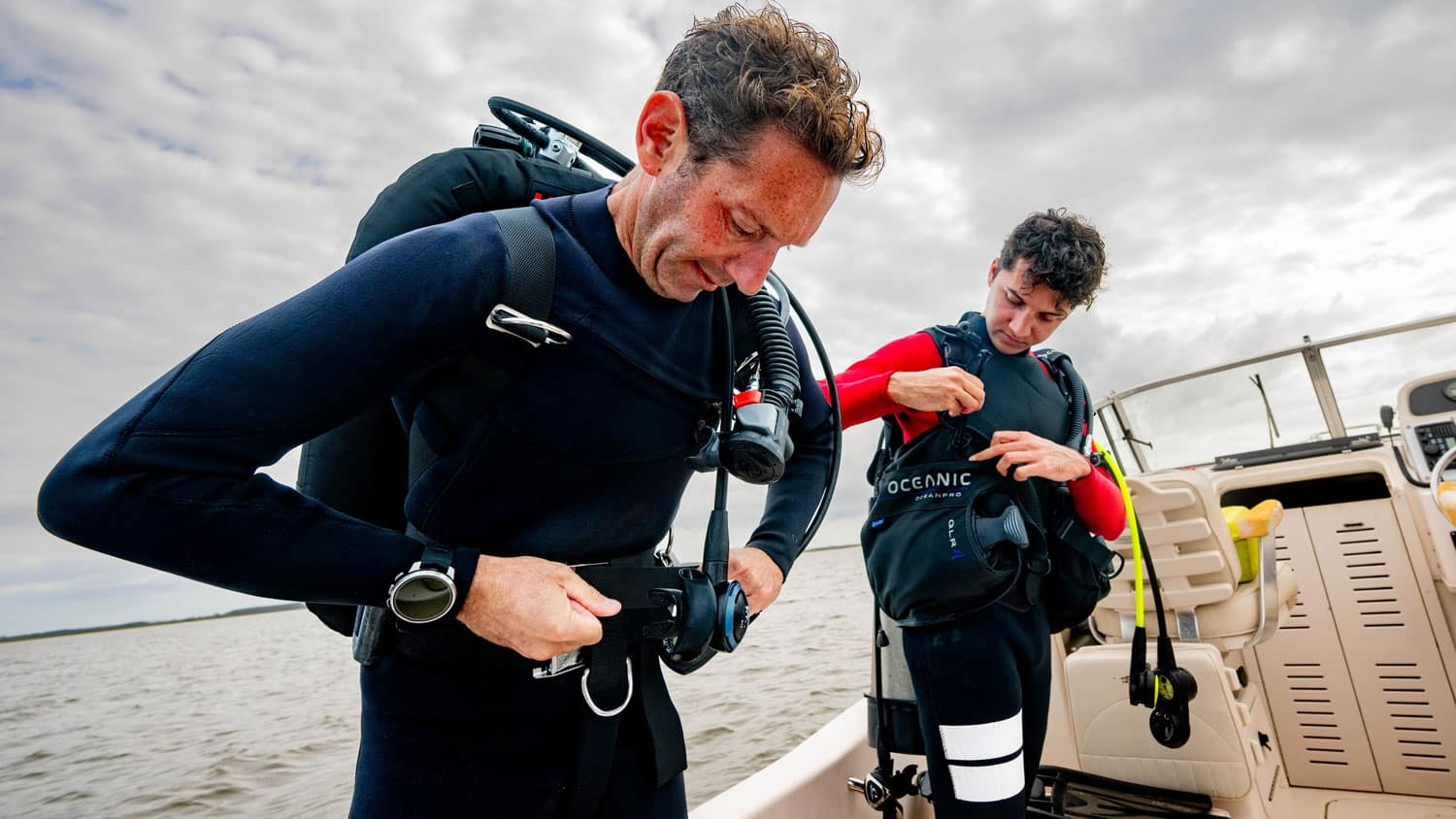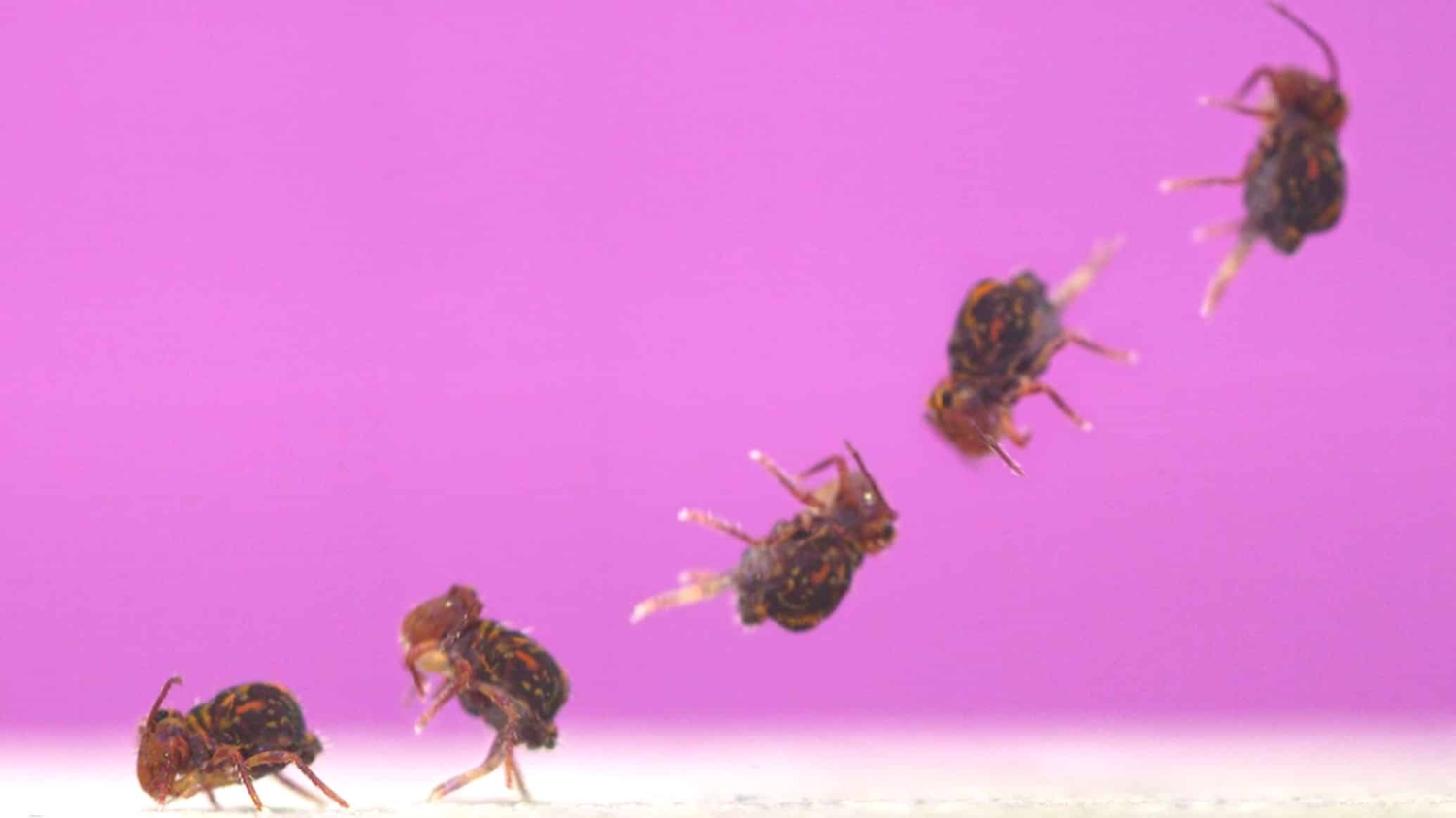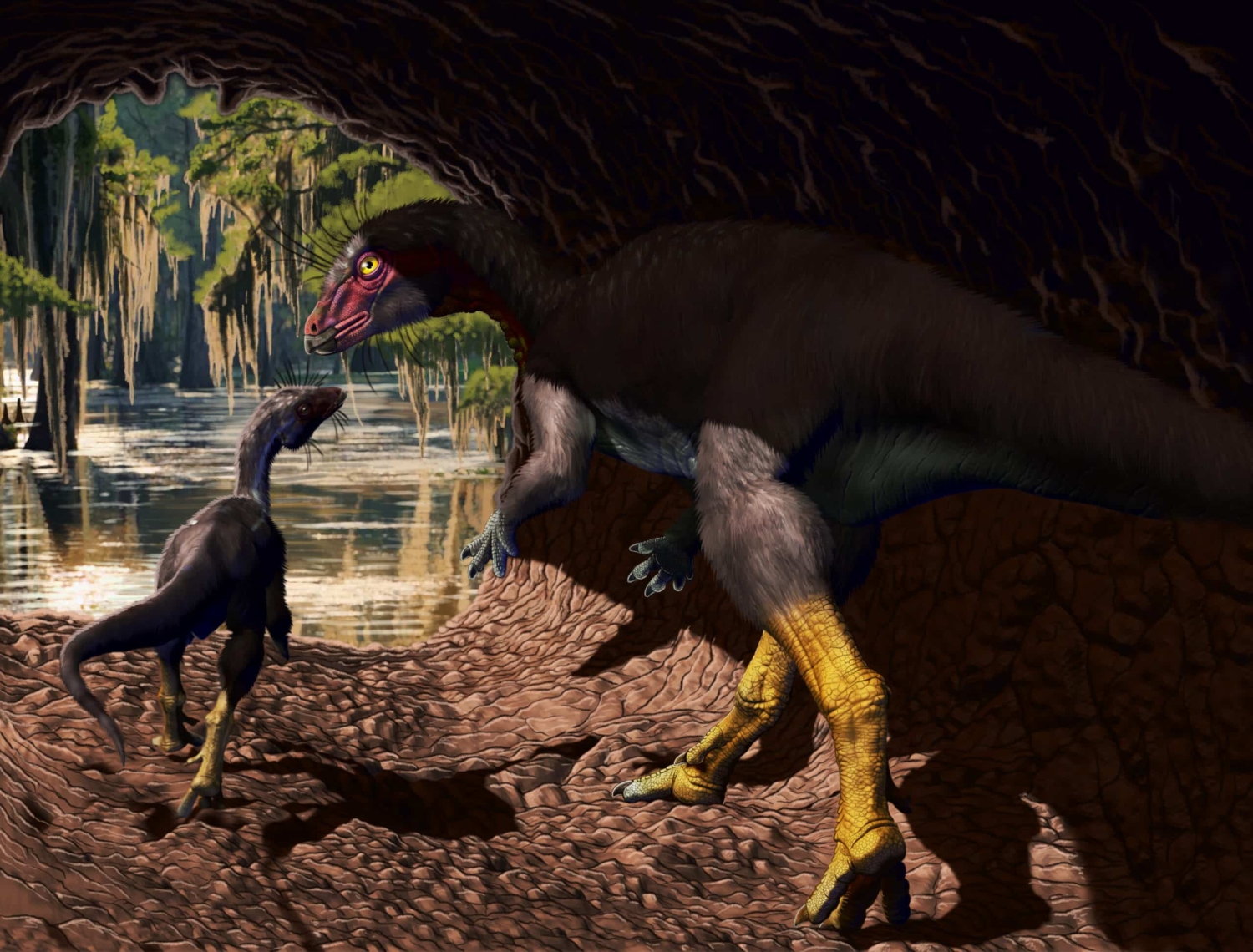Mating, Galloping and Vocalizing: Animal Behavior During Eclipses

On April 8, a solar eclipse will cast a shadow over North America for between two and four minutes in the middle of the day — with the path of totality in the U.S. following a narrow strip of land from Texas to Maine. Adam Hartstone-Rose, a professor in the Department of Biological Sciences, has spent months preparing for those few precious minutes.
Hartstone-Rose will travel to the Fort Worth Zoo in Texas with a group of colleagues and students to lead a study on animal behavior during eclipses. This will be a follow-up to his 2017 study at the Riverbanks Zoo and Garden in Columbia, South Carolina, which was on the path of totality during the solar eclipse that year.
During the 2017 eclipse, he observed surprising behavior from 17 species of animals. This time around, Hartstone-Rose is expanding the study. He’s studying more species and enlisting the help of the public to gather data from all over North America.
An Accidental Expert
As a biologist, Hartstone-Rose is no stranger to studying animals. But his status as a leading expert in animal behavior during eclipses came about accidentally.
In his usual research, which centers on comparative anatomy and functional morphology, most of the animals he studies aren’t alive.
“Basically, in my lab we study how animals are adapted to do what they do,” Hartstone-Rose said. “We study this across all of the levels of deadness. That does involve studying some live animal behavior — that’s the least dead you can be. I also study skulls and teeth — that’s more dead — to see how those are adapted for diets. Then we study fossils — that’s the most dead you can be — to understand things like the diet of extinct species.”
In response to the public’s questions about how animals would react to the 2017 solar eclipse, the staff at the Riverbanks Zoo and Garden asked Hartstone-Rose, who was a professor at the University of South Carolina at the time, to organize a study. He trained a group of 40 researchers and they observed mammal, reptile and bird exhibits around the zoo.
Hartstone-Rose didn’t expect much to come of it.
“I didn’t think we were going to see anything. I didn’t think the eclipse was going to be cool. I didn’t think the animals were going to have any reaction, because clouds pass over and they don’t have a reaction to that,” he said. “I’m proud to say I was completely wrong on both counts. The eclipse was amazing and most of the animals did amazing things.”
*Animal behaviors Hartstone-Rose observed at the peak of totality during the 2017 solar eclipse.
It turns out, Hartstone-Rose’s study was the most comprehensive one published on animal behavior during eclipses in nearly a century. As a result, Hartstone-Rose has unexpectedly — but happily — found himself regarded as an expert on animal behavior during eclipses.
“What’s great about being a scientist is that you are constantly surprised. I get super excited when I’m completely wrong, and that’s such an important message to send to our students,” Hartstone-Rose said. “Professors, we are people too. We are very fallible. In fact, part of the scientific method is essentially going out and seeking answers and finding the unexpected.”
Expanding the Study
Hartstone-Rose is looking forward to the surprises the study at Fort Worth Zoo might bring. He and a team of about 40 researchers — including three doctoral students — will observe animals for the roughly two minutes that the Fort Worth Zoo will be in the path of totality. The preparation for those few minutes of observation time has been many months in the making.
“It’s taken crazy amounts of preparation, between coordinating with the zoo and training researchers,” Hartstone-Rose said. “Interestingly, we have a bunch of high school teachers from Vancouver, Canada, that are coming to join us. I’ve been training them in animal behavior over Zoom for a few months, and they’re going to be our main observers.”
This time, the researchers will also be observing a wider variety of animals.
“We’re going to be watching some of the same animals, the same species as last time — gorillas, giraffes and flamingos, for instance — but we’re also going to be watching close relatives of the original animals we observed. So, other species of gibbons, orangutans and pygmy chimpanzees.”
A Look Back at the 2017 Eclipse on Campus
On the day of the eclipse, there will also be a bit of a circus at the zoo.
“There will be a media storm,” Hartstone-Rose said. “Already, there are three different groups that are planning to film us pretty much the whole day.”
The media groups include local Fort Worth reporters, a prominent Japanese news agency and an Emmy-winning documentary team.
“Japan is nowhere near the path of totality, but they’re excited enough to send somebody to film us,” said Hartston-Rose. “The documentary team is doing a feature-length documentary about the eclipse from many different angles, but the main gist of it is about how the eclipse is kind of an amazing and unifying experience.”
Become a Citizen Scientist
The U.S. won’t see another solar eclipse until 2044, so Hartstone-Rose wants to gather as much data on animal behavior as possible from all over North America on April 8. He’s collaborating with Caren Cooper, a professor of forestry and environmental resources, and Kelly Lynn Mulvey, an associate professor of psychology, on a citizen science component of the study called Solar Eclipse Safari. Anyone in North America — including you — can participate.
Hartstone-Rose is the principal investigator for the animal behavior portion of the study, while Cooper, an expert in participatory science, has been in charge of organizing efforts to gather thousands of participants across the continent. Meanwhile, Mulvey will examine the effects of participating in the study on the participants — whether they’re feeling senses of awe and senses of belonging and affinity towards research.
All of North America will be under at least partial totality, and Hartstone-Rose and his team want to know how animals react in the different percentages of totality.
“We’re interested not only in figuring out which animals react to the eclipse and how, but what extent of totality is necessary to cause a reaction,” he said.
Hartstone-Rose will be at the zoo, but Solar Eclipse Safari participants can make their observations from anywhere.
“We’re really excited about getting data from people that might be at farms or cattle ranches,” he said. “We’re hoping that people will go out into the woods and see what squirrels, deer and birds are doing. And I’m really excited about people just observing their pets in their backyard.”
Interested in participating? Here’s what you’ll need to do:
- Download a print form or use a smartphone or tablet to record your observations.
- Figure out when the totality will take place in your area — Solar Eclipse Safari can help you with that.
- An hour before totality, begin jotting down your observations. Solar Eclipse Safari has instructions on how to collect eclipse data.
- During totality, jot down minute-by-minute observations.
- Upload your form or submit your observations online.
This post was originally published in College of Sciences News.


